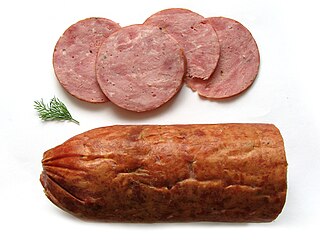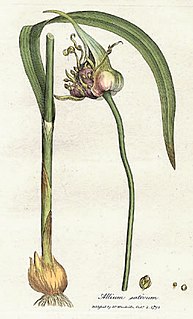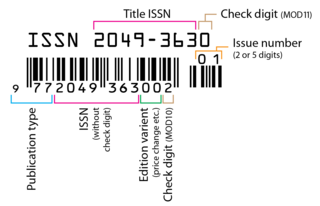
Forcemeat is a mixture of ground, lean meat mixed with fat by grinding, sieving, or puréeing the ingredients. The result may either be smooth or coarse, depending on the desired consistency of the final product. Forcemeats are used in the production of numerous items found in charcuterie, including quenelles, sausages, pâtés, terrines, roulades, and galantines. Forcemeats are usually produced from raw meat, except in the case of a gratin. Meats commonly used include pork, fish, seafood, game meats, poultry, game birds, veal, and pork livers. Pork fatback is preferred as a fat, as it has a somewhat neutral flavor.

Salami is a type of cured sausage consisting of fermented and air-dried meat, typically beef or pork. Historically, salami was popular among southern and central European peasants because it can be stored at room temperature for up to 40 days once cut, supplementing a potentially meager or inconsistent supply of fresh meat. Countries and regions across Europe make their own traditional varieties of salami.

Chorizo or chouriço is a type of pork sausage. Traditionally, it uses natural casings made from intestines, a method used since Roman times.

The origins of meat preservation are lost to the ages but probably began when humans began to realize the preservative value of salt. Sausage making originally developed as a means to preserve and transport meat. Primitive societies learned that dried berries and spices could be added to dried meat. The procedure of stuffing meat into casings remains basically the same today, but sausage recipes have been greatly refined and sausage making has become a highly respected culinary art.

Charcuterie is the branch of cooking devoted to prepared meat products, such as bacon, ham, sausage, terrines, galantines, ballotines, pâtés, and confit, primarily from pork.

Longaniza is a Spanish sausage (embutido) similar to a chorizo and also closely associated with the Portuguese linguiça. Its defining characteristics are interpreted differently from region to region. It is popular in the cuisines of several regions of Spain, Puerto Rico, Dominican Republic, El Salvador, Mexico, Chile, Argentina, and Uruguay. In the Philippines, it is called longganisa and differs greatly with hundreds of variants with different vernacular tastes and forms due to the 144 ethno-linguistic groups in the archipelago.

The bocadillo or bocata, in Spain, is a sandwich made with Spanish bread, usually a baguette or similar type of bread, cut lengthwise. Traditionally seen as a humble food, its low cost has allowed it to evolve over time into an iconic piece of cuisine. In Spain, they are often eaten in cafes and tapas bars.

Chorizo de Pamplona is a sausage that is typical in the cuisine of the Navarre region of Spain It is prepared with equal parts of finely-chopped beef and pork and significant amounts of a strong smoked paprika, pork fat and a natural or plastic casing which is designated to have a minimum size of forty millimeters in diameter. The red-orange coloration is due to the addition of paprika, which is abundant in Navarre. Despite its local name, it is a very common type of sausage in delicatessens around the Spanish territory. It is also produced and sold in Pamplona, Spain.

Naem is a pork sausage in Thai cuisine. It is a fermented food that has a sour flavor. It typically has a short shelf life, and is often eaten in raw form after the fermentation process has occurred. It is a popular Thai food, and different regions of Thailand have various preferred flavors, including variations of sour and spicy. Naem is used as an ingredient in various dishes and is also served as a side dish. Naem has its origin in Vietnam. Naem was originally a Vietnamese type of sour sausage called Nem Chua that Vietnamese eat during drinking beers. Vietnamese immigrants came to Thailand and brought over this sausage and are now making them in Thailand.

Kielbasa is any type of meat sausage from Poland, and a staple of Polish cuisine. In American English, kielbasa typically refers to a coarse, u-shaped smoked sausage of any kind of meat, which closely resembles the Wiejskasausage in British English.

Cabbage stew is a stew prepared using cabbage as a primary ingredient. Basic preparations of the dish use cabbage, various vegetables such as onion, carrot and celery, and vegetable stock. Additional ingredients can include meats such as pork, sausage and beef, potatoes, noodles, diced apples, apple juice, chicken broth, herbs and spices, salt and pepper.

Ham sausage is a sausage prepared using ham and other ingredients, the latter varying by location. It is a part of the cuisines of China, Germany, Poland and the United States. Ham sausage is a mass-produced food product.


















